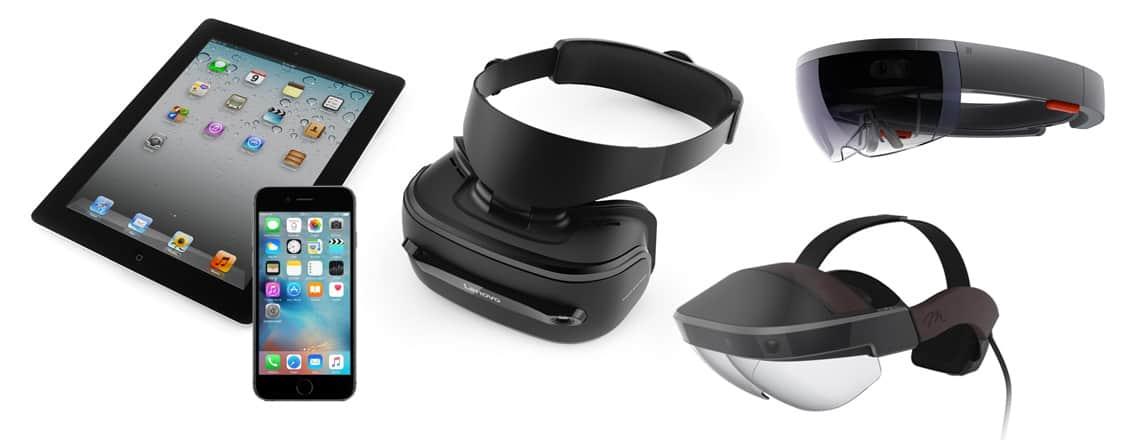Augmented Virtual Reality Hardware Market Insights, Future Outlook | 2030

A meticulous analysis of the Augmented Virtual Reality Hardware Market CAGR reveals the powerful compounding forces that are set to drive the industry's long-term, sustainable, and exponential expansion. A Compound Annual Growth Rate (CAGR) of 37.5% is indicative of a market that is moving from its early adopter phase into a period of hyper-growth, fueled by a self-reinforcing cycle of hardware improvement and content creation. This enduring, compounded growth is fundamentally underpinned by a powerful "flywheel effect." As the hardware becomes more powerful, more comfortable, and more affordable, it attracts a larger user base. This larger user base creates a more attractive market for software and content developers, who in turn are incentivized to create more compelling games, applications, and experiences. The availability of a richer content library then makes the hardware an even more attractive proposition, which drives further hardware sales, and the cycle repeats. This virtuous cycle—where better hardware enables better content, which drives more hardware sales, which funds the R&D for even better hardware—is the core engine of the market's powerful and sustained compounded growth year after year. The AR/VR Hardware market is projected to grow USD 389,066.4 million by 2030, exhibiting a CAGR of 37.5% during 2023 - 2030.
The market's strong CAGR is further solidified by the rapid technological advancements in the underlying component technologies, which are following a Moore's Law-like trajectory of exponential improvement. The performance of key components like micro-displays, processors, and sensors is improving dramatically with each new generation. We are seeing a rapid progression in display technology, moving from LCD to OLED to next-generation Micro-OLED and Micro-LED displays that promise higher resolutions, better colors, and smaller form factors. Similarly, the development of specialized processors (SoCs) designed specifically for the demands of AR/VR is delivering massive gains in performance and power efficiency. This relentless, predictable pace of component-level innovation creates a continuous and compounding "technology push." Each new generation of hardware is not just incrementally better; it is often significantly better, providing a strong incentive for early adopters to upgrade and for new users to enter the market. This built-in technology refresh cycle is a powerful driver of sustained hardware sales and directly supports the market's high CAGR.
Looking at the broader technological landscape, the sustainability of the market's CAGR is also guaranteed by the development of the broader "metaverse" ecosystem. While the term is often hyped, the underlying concept of a persistent, interconnected set of 3D virtual spaces represents the ultimate long-term use case for AR/VR hardware. The growth of the hardware market is inextricably linked to the development of the standards, platforms, and content that will form this next iteration of the internet. As more businesses and individuals begin to build and inhabit these virtual worlds for work, socializing, and commerce, the demand for the hardware needed to access them will grow exponentially. This long-term, multi-decade vision of the metaverse provides a massive and expanding addressable market that will fuel the hardware industry's growth for years to come. The hardware is the essential "on-ramp" to this future, and as the value of the metaverse ecosystem grows, so too will the demand for the devices that unlock it, ensuring that the market has a diverse and ever-growing set of drivers to sustain its impressive CAGR.
Top Trending Reports -
South Korea Business Rules Management System Market
- Art
- Causes
- Crafts
- Dance
- Drinks
- Film
- Fitness
- Food
- Games
- Gardening
- Health
- Home
- Literature
- Music
- Networking
- Other
- Party
- Religion
- Shopping
- Sports
- Theater
- Wellness
